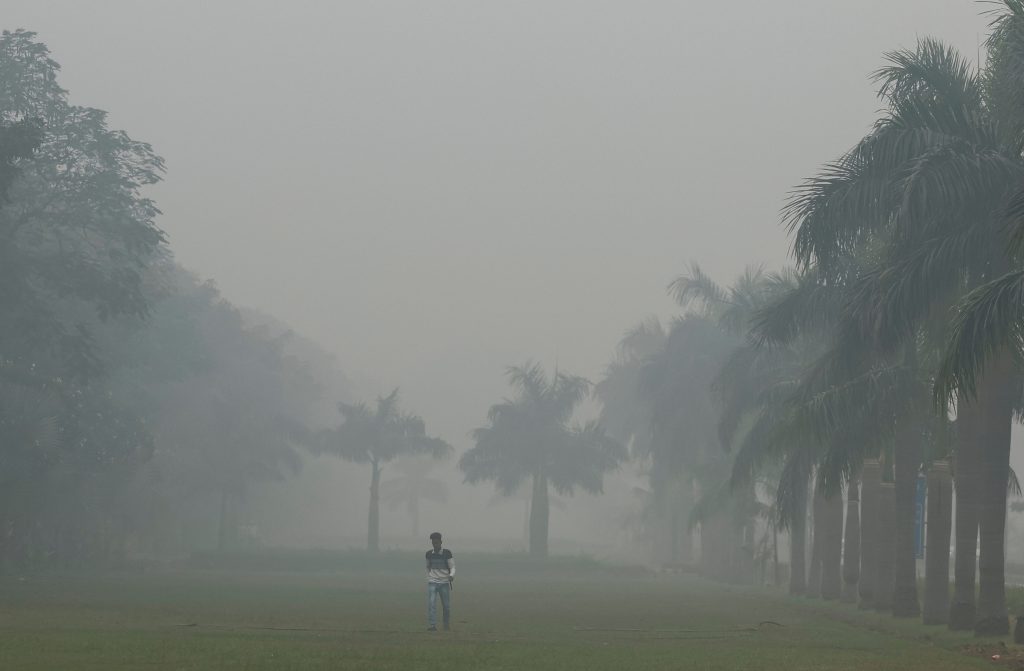Chances of intelligent life emerging in our Universe “and in any hypothetical ones beyond it” can be estimated by a new theoretical model, reports the Royal Astronomical Society.
Since stars are a precondition for the emergence of life, the new research predicts that a typical observer [i.e., intelligent life] should experience a substantially larger density of dark energy than is seen in our own Universe…
The approach presented in the paper involves calculating the fraction of ordinary matter converted into stars over the entire history of the Universe, for different dark energy densities. The model predicts this fraction would be approximately 27% in a universe that is most efficient at forming stars, compared to 23% in our own Universe. Dark energy makes the Universe expand faster, balancing gravity’s pull and creating a universe where both expansion and structure formation are possible. However, for life to develop, there would need to be regions where matter can clump together to form stars and planets, and it would need to remain stable for billions of years to allow life to evolve.
Crucially, the research suggests that the astrophysics of star formation and the evolution of the large-scale structure of the Universe combine in a subtle way to determine the optimal value of the dark energy density needed for the generation of intelligent life. Professor Lucas Lombriser, Université de Genève and co-author of the study, added: “It will be exciting to employ the model to explore the emergence of life across different universes and see whether some fundamental questions we ask ourselves about our own Universe must be reinterpreted.”
The study was funded by the EU’s European Research Council, and published in Monthly Notices of the Royal Astronomical Society.
Thanks to long-time Slashdot reader schwit1 for sharing the news.
Read more of this story at Slashdot. Read More










